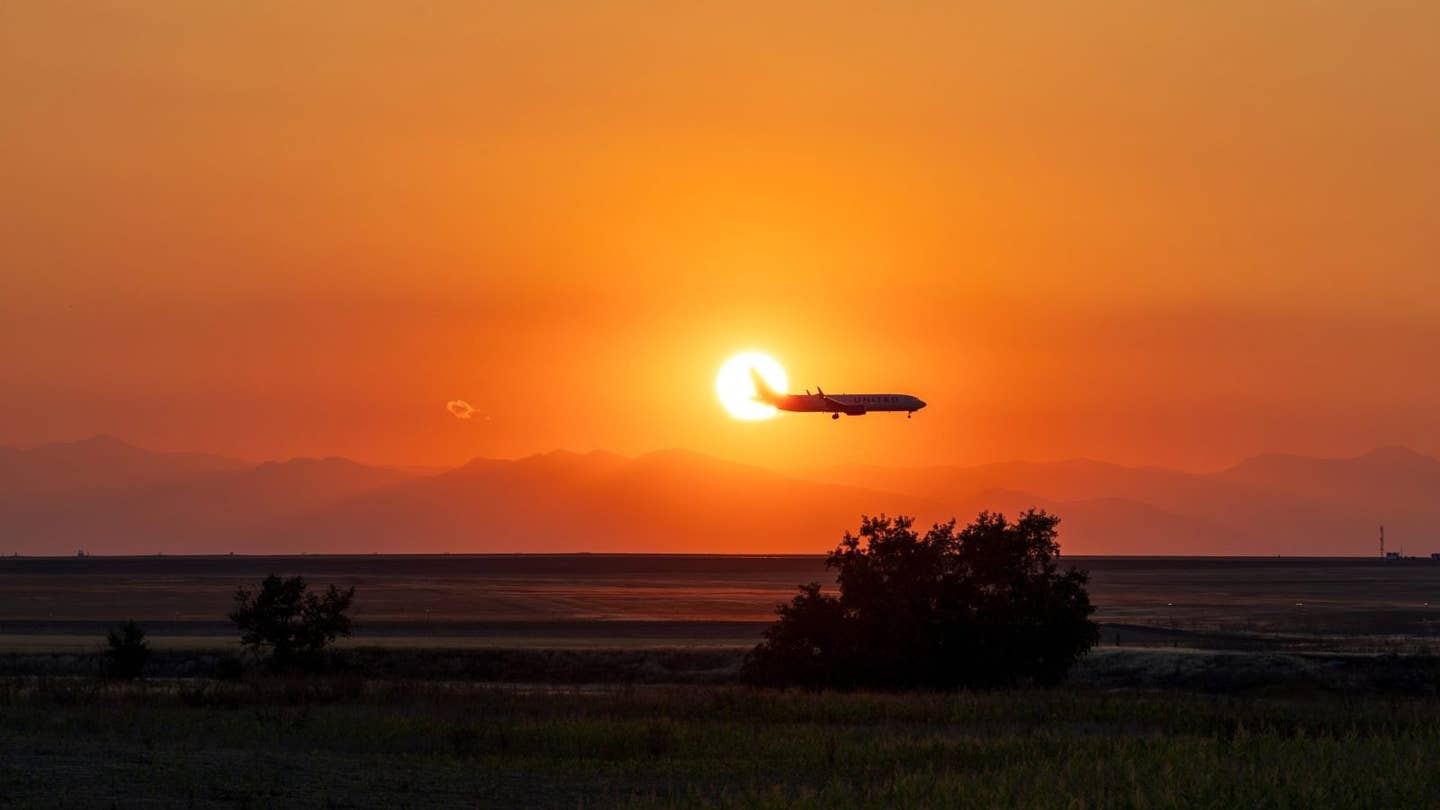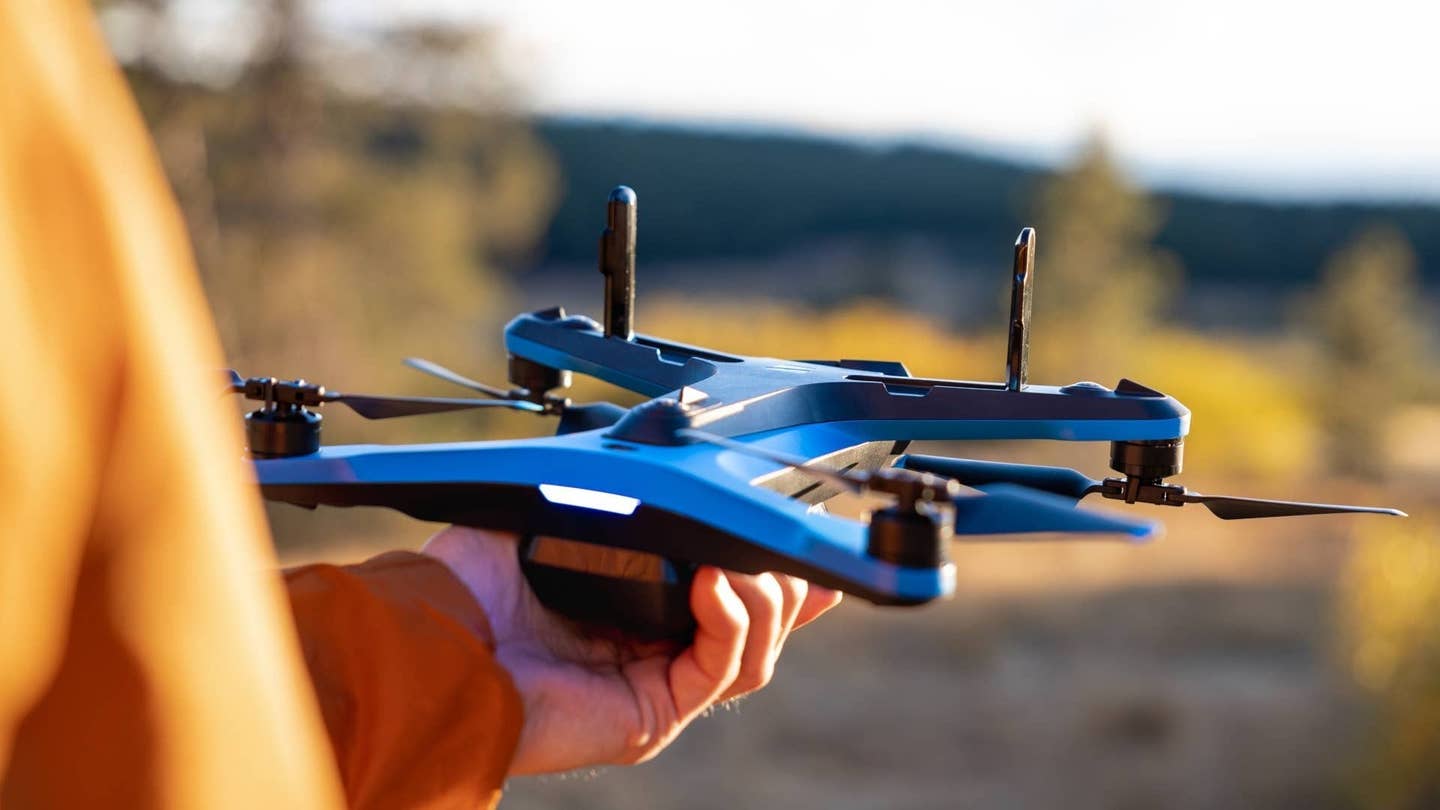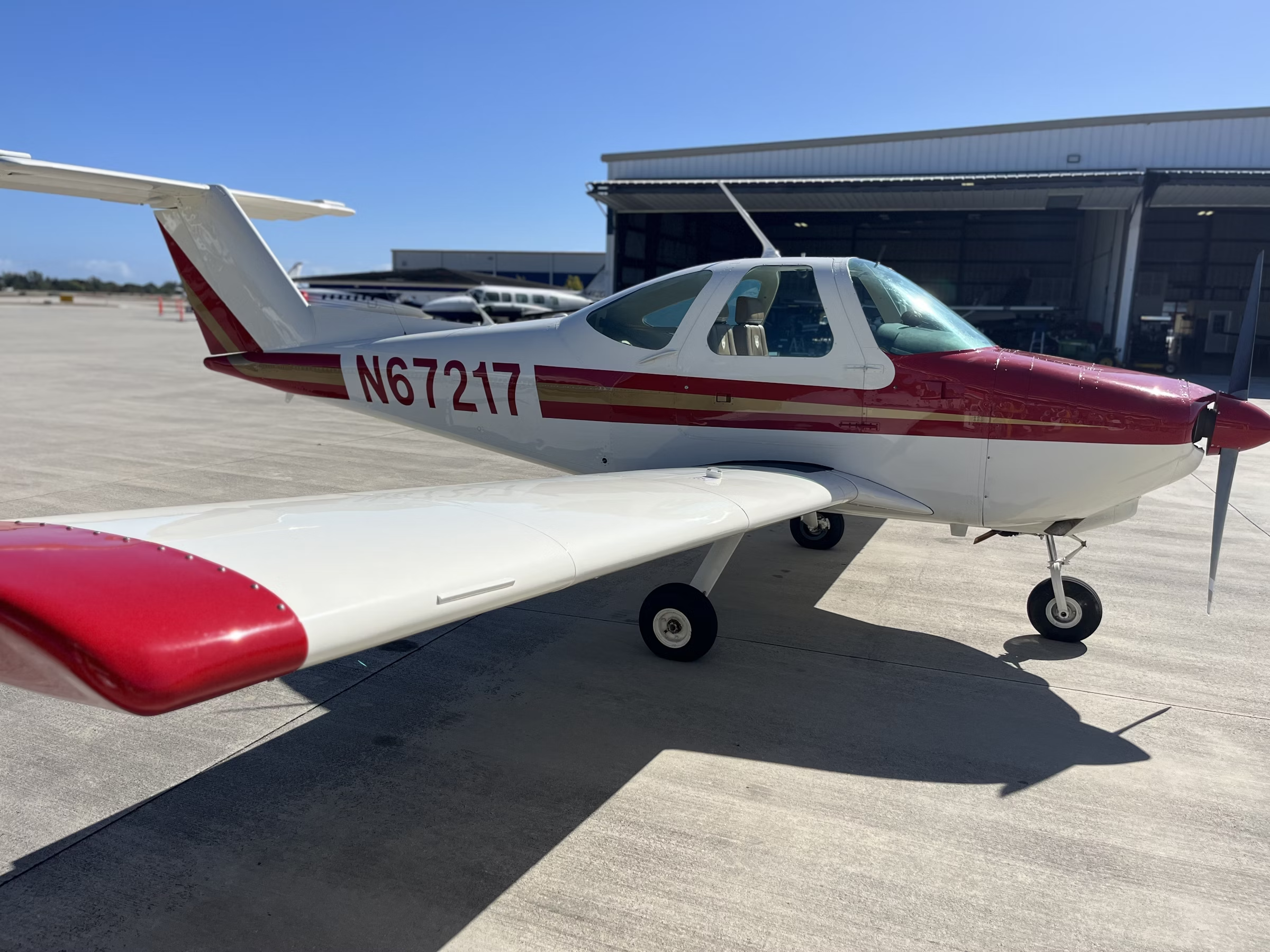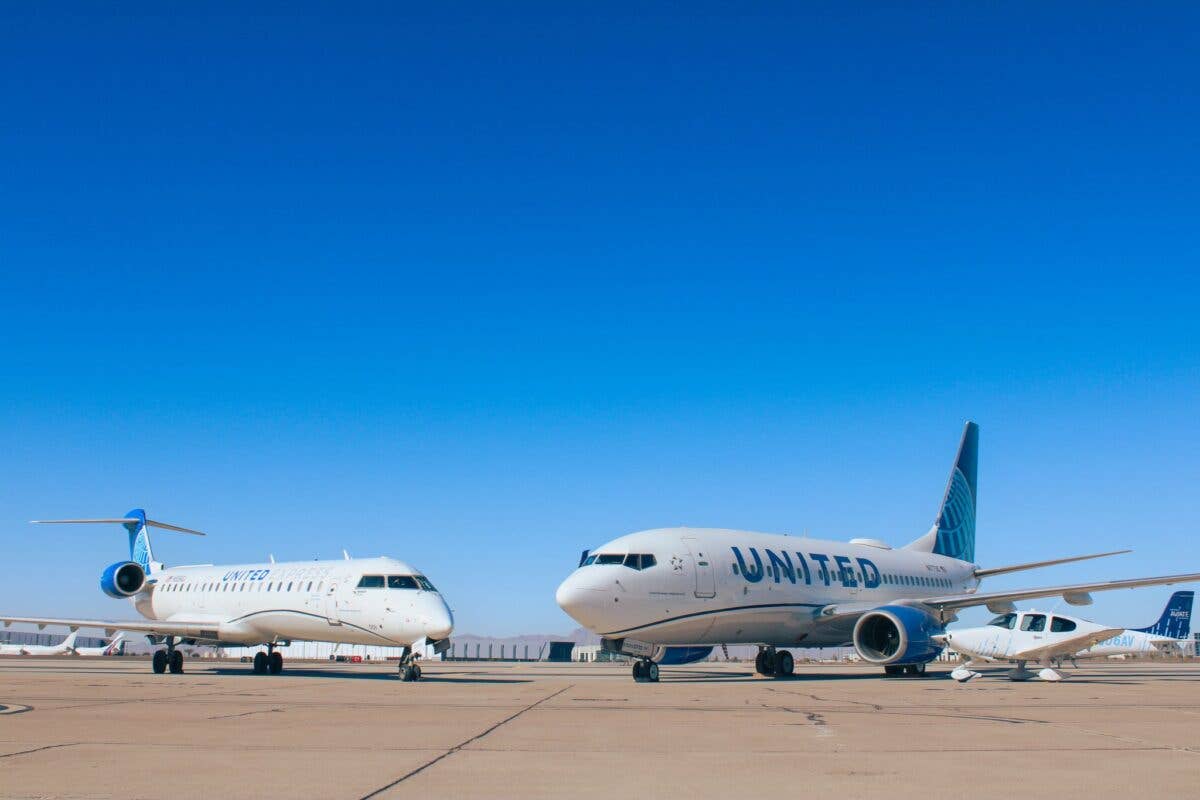NASA Chief Nominee Isaacman Fields Questions About Moon, Mars, Musk
Questions remain about the Shift4 CEO and civilian astronaut’s priorities for the space agency.
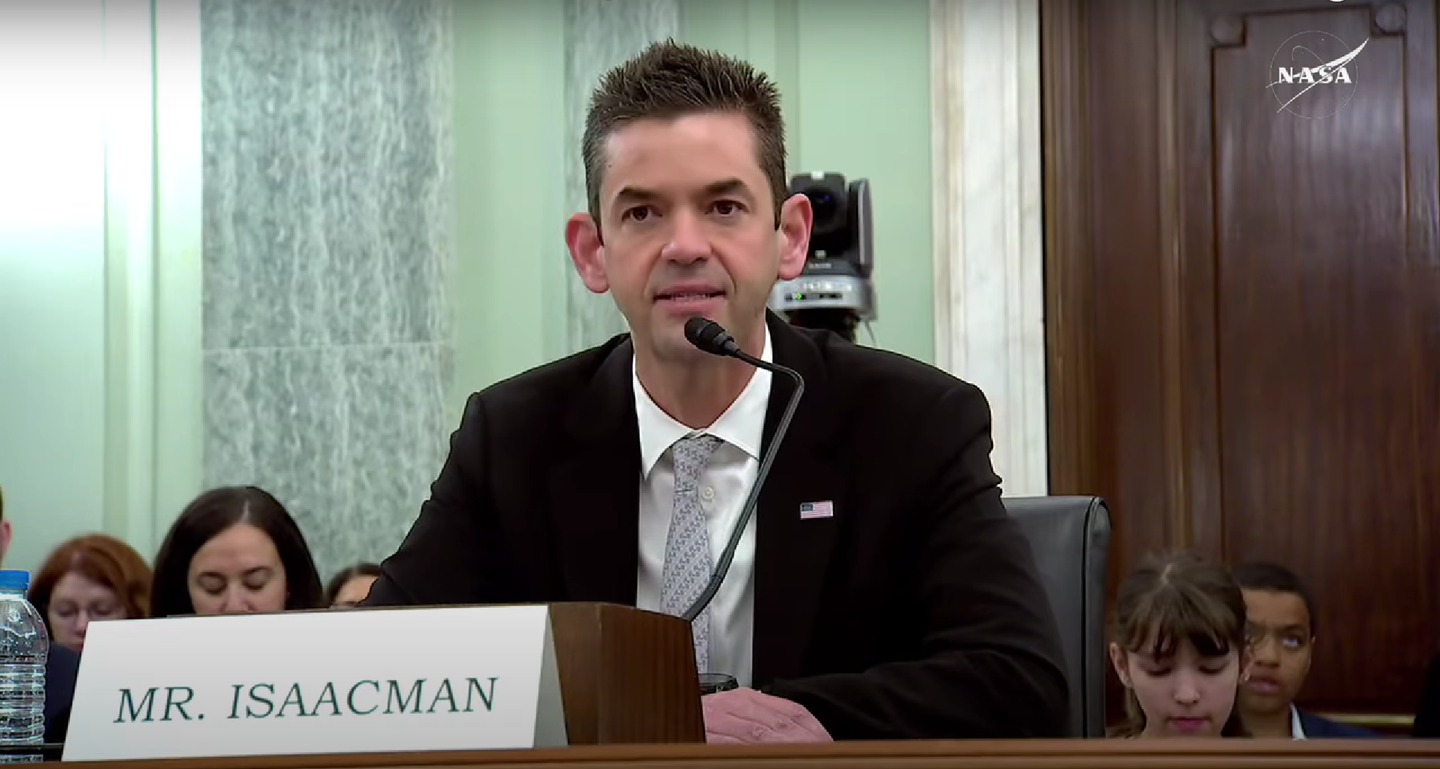
Jared Isaacman, President Donald Trump’s nominee for NASA administrator, fields questions from senators during his confirmation hearing. [Courtesy: NASA livestream]
Shift4 Payments CEO Jared Isaacman, President Donald Trump’s nominee for NASA administrator, finally got his day in the Senate and laid out his vision for the space agency to pursue missions to both the moon and Mars.
During Isaacman’s confirmation hearing before the Senate Committee on Commerce, Science, and Transportation on Wednesday, the billionaire entrepreneur and civilian astronaut fielded questions and raised a few more. A vote to confirm Isaacman—who has garnered broad support from the space industry as well as scrutiny from Congress over his ties to SpaceX CEO Elon Musk—is not expected until at least the end of April.
Senators confronted Isaacman about NASA’s ambitions for the moon and Mars, which have been called into question by comments from Trump and Musk. Trump in his inauguration speech vowed to land American astronauts on Mars but made no mention of the moon. Musk, who has long envisioned a human colony on Mars, has called the moon a “distraction” and last week said that “stopping at the moon simply slows down getting to Mars.”
“We must stay the course. An extreme shift in priorities at this stage would almost certainly mean a red moon, ceding ground to China for generations to come,” said Senator Ted Cruz (R-Texas), the chair of the committee.
Isaacman did commit to returning Americans to the moon before China, which plans to do so in 2030. But he added that he would “prioritize sending American astronauts to Mars” and that NASA would develop the capabilities to return to the moon “along the way.”
The comment would appear to put a moon landing on the back burner. But Isaacman said the space agency could pursue moon and Mars missions at the same time. Current plans call for NASA to launch the Artemis III crewed lunar landing in mid-2027, more than half a century after the Apollo program ended.
“We don’t have to make a binary decision of moon versus Mars, or moon has to come first versus Mars,” he said. “We could be paralleling these efforts and doing the near-impossible.”
Isaacman faced further questions about the Artemis program, which Trump created during his first term. Senators explicitly asked him about NASA’s Space Launch System (SLS), the assigned crew vehicle for Artemis II—which does not include a landing—and Artemis III. Isaacman has criticized the spacecraft for being “outrageously expensive” but on Wednesday appeared to change his tune.
“I do believe it is the best and fastest way to get [to the moon],” Isaacman said.
Later, though, he added: “I don’t think it’s the long-term way to get to and from the moon and to Mars with great frequency.”
Isaacman made similar comments about other Artemis components such as the Lunar Gateway space station, implying they may not be long-term solutions.
“I have no intention—as of now—to say that I would cancel any program,” he said.
The Shift4 CEO did commit to long-term operation of a different orbital laboratory, the International Space Station (ISS). Isaacman said he was “familiar” with Musk’s call to deorbit the ISS “as soon as possible,” which conflicts with a NASA and SpaceX plan to do so in 2030. He advocated for maintaining the space station until its planned retirement.
“I do not believe we should deorbit it now,” Isaacman said. “I think we need to make the most use of the space station while we have it and figure out what we can accomplish in the unique environment of microgravity.”
Unsurprisingly, Musk’s name came up plenty during the hearing. Isaacman has flown on two private SpaceX missions and purchased another two, but he has vowed to end those contracts should he be confirmed. Musk, meanwhile, has played an instrumental role in Trump’s Department of Government Efficiency (DOGE), which is reviewing NASA’s spending and policies. Critics worry the entanglement could net SpaceX—which has earned more than $13 billion in NASA funding over the past decade—even more contracts.
Isaacman attempted to assuage concerns by claiming he had not discussed NASA issues with Musk since his nomination. Multiple times, though, he declined to say whether Musk was present when Trump interviewed him for the job last fall.
“My meeting was with the president of the United States,” Isaacman said assertively.
Senator Ed Markey (D-Mass.) was skeptical, replying: “I assume that you don’t want to answer the question directly because Elon Musk was in the room.”
Like this story? We think you'll also like the Future of FLYING newsletter sent every Thursday afternoon. Sign up now.

Sign-up for newsletters & special offers!
Get the latest FLYING stories & special offers delivered directly to your inbox

